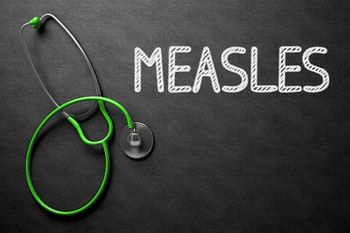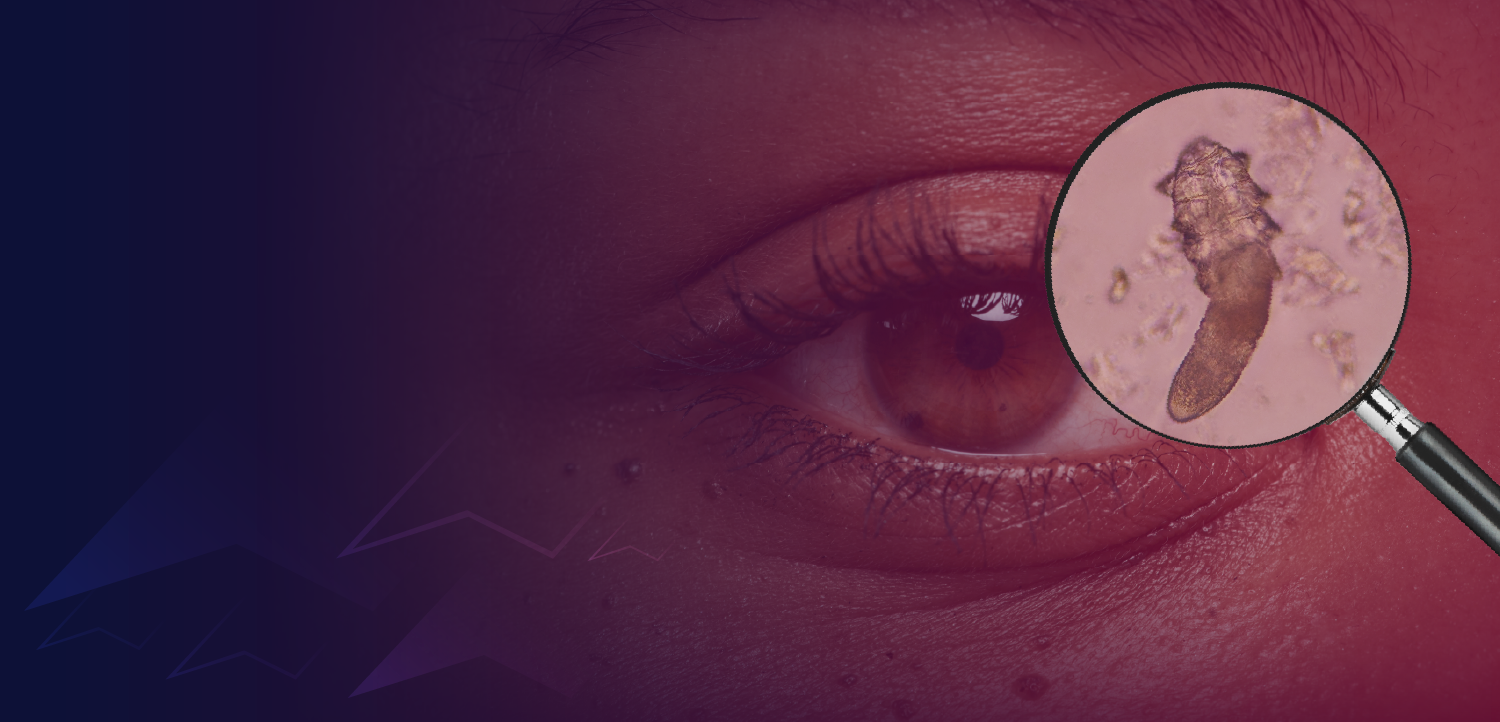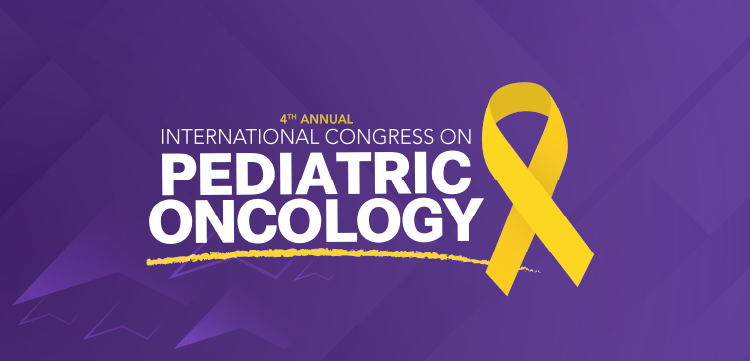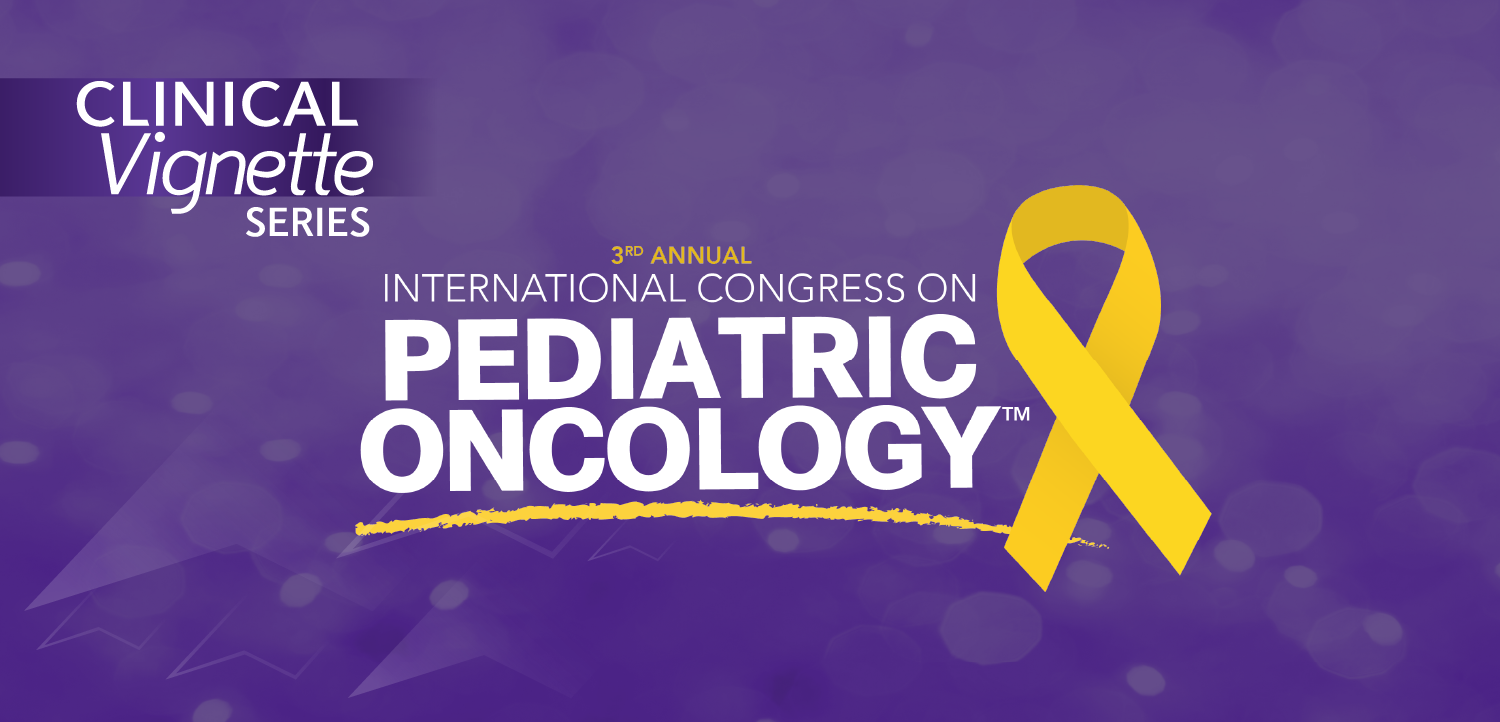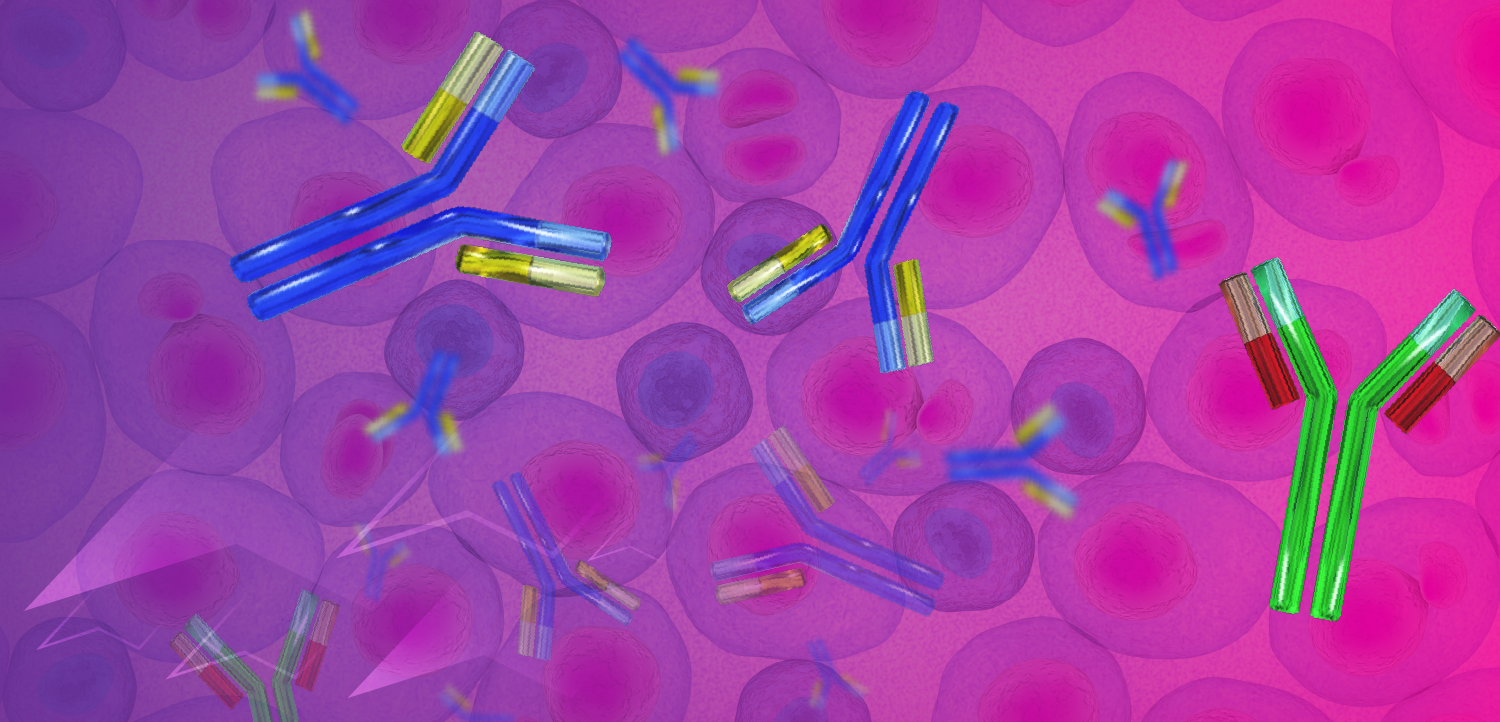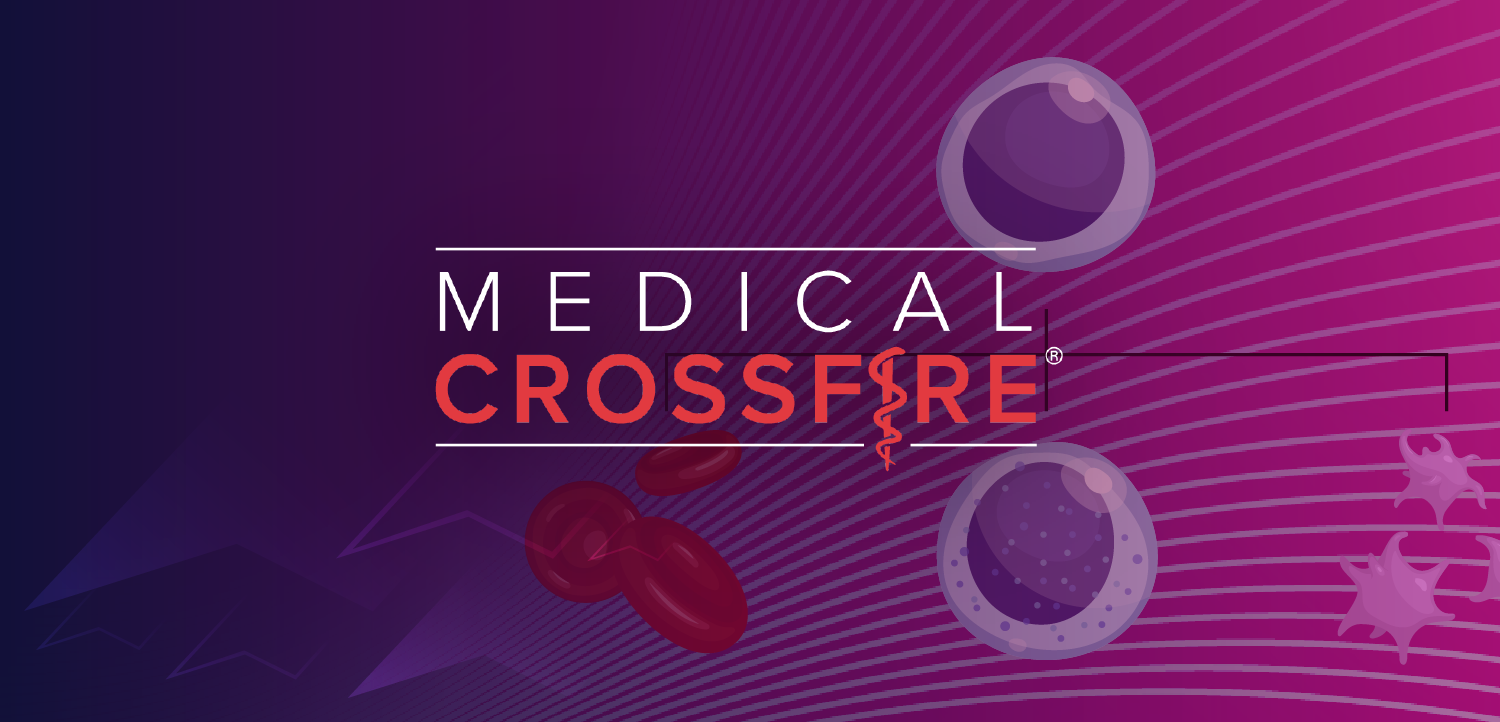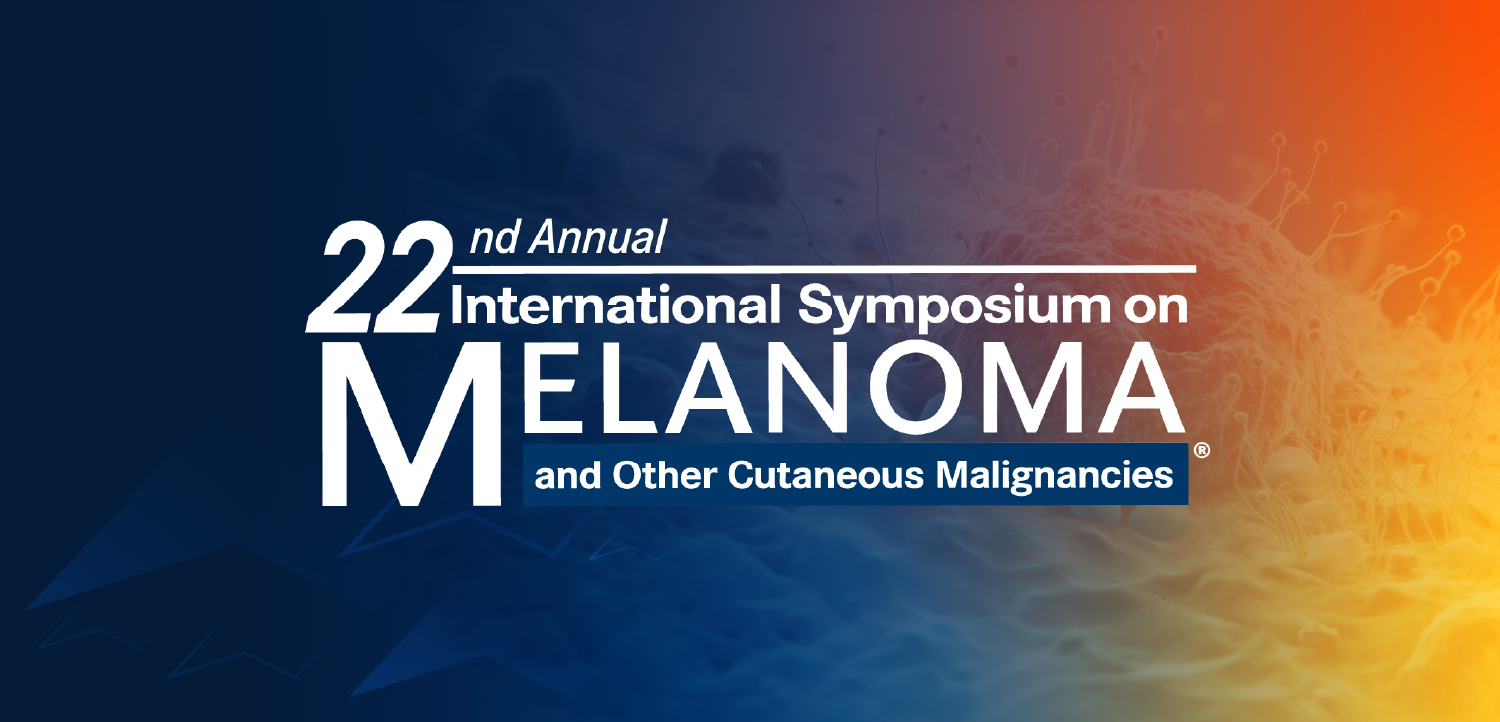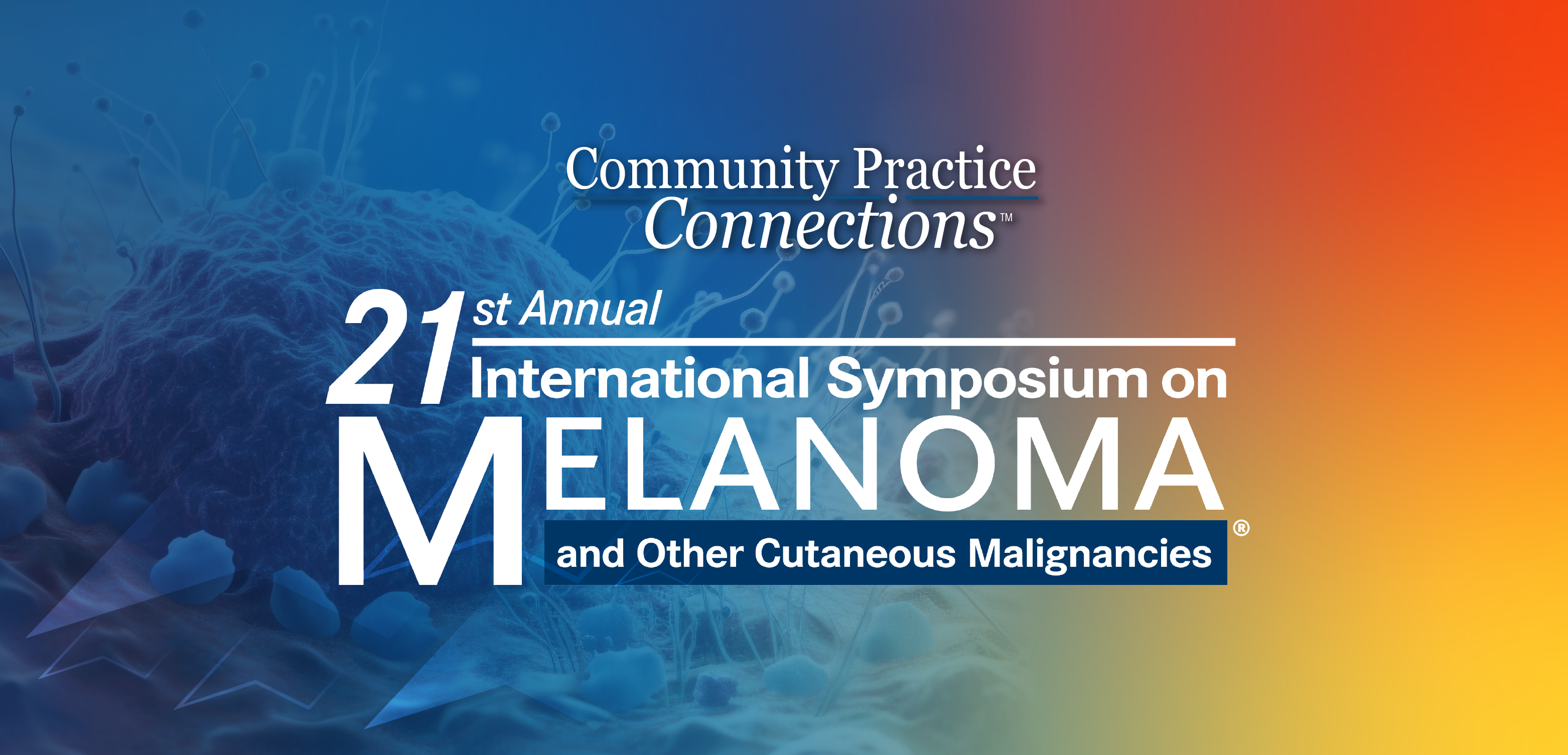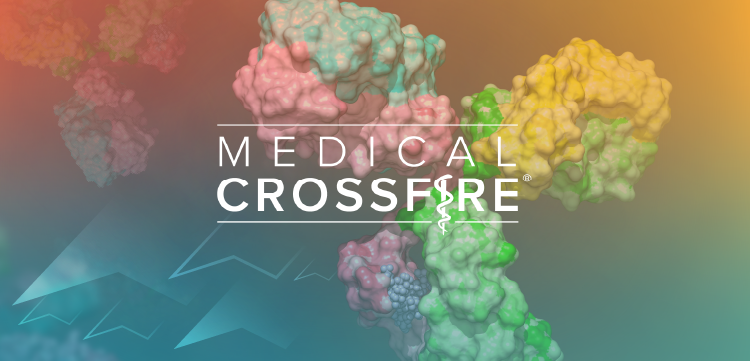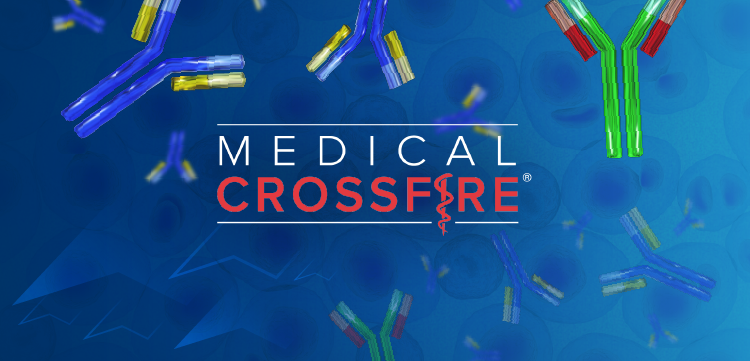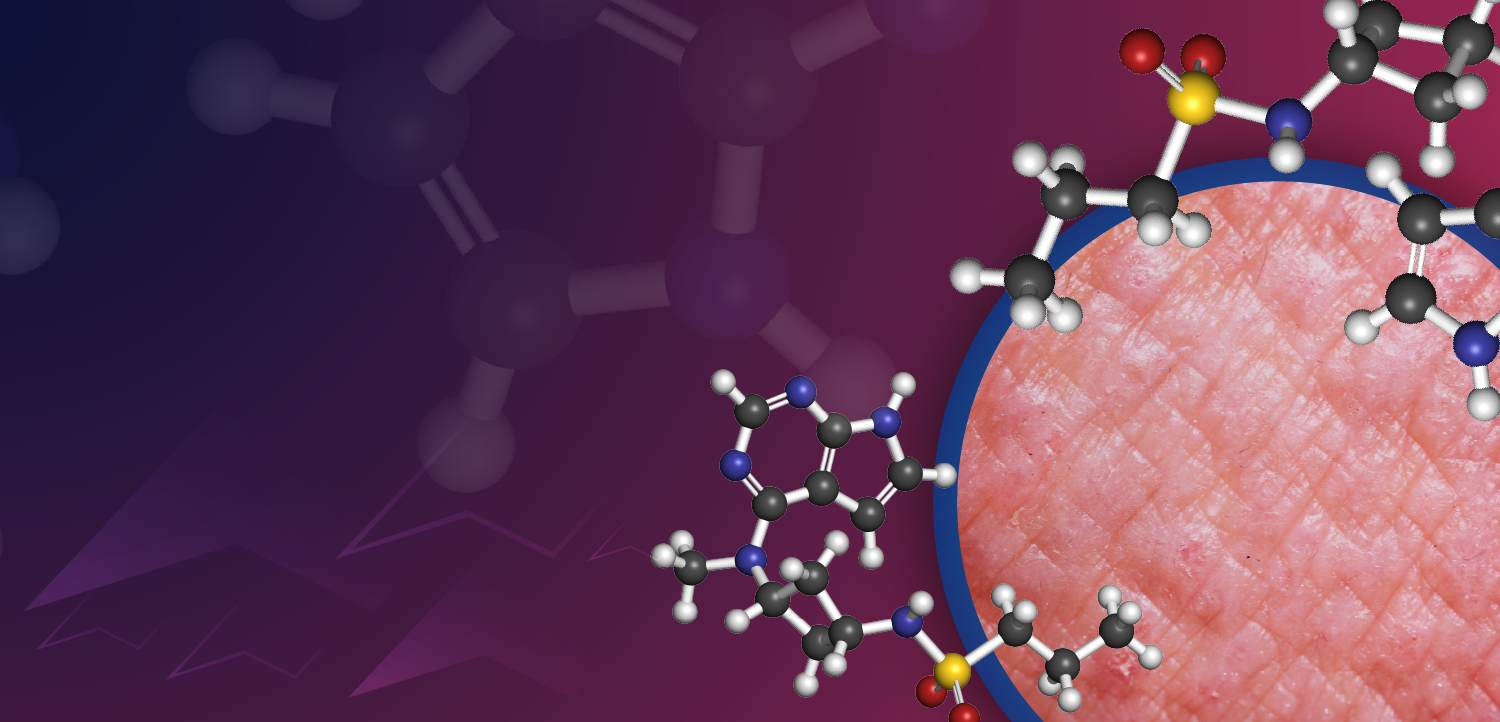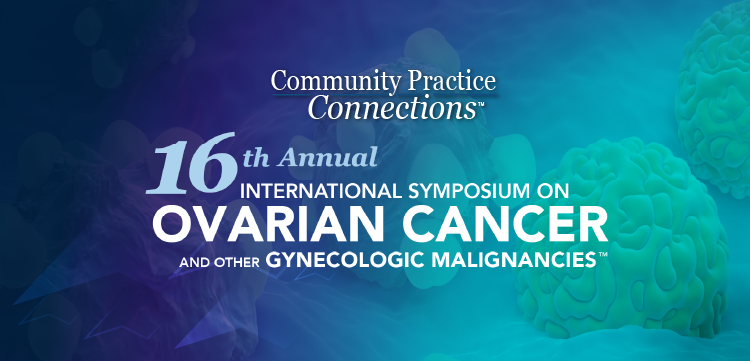Candidozyma auris (Candida auris) is an emerging, potentially multi-drug-resistant pathogen that presents a significant challenge in healthcare settings, particularly in intensive care units and hospital environments. Accurate and timely detection of C auris is crucial for infection control, especially during outbreaks. In this study, researchers compared the diagnostic performance of multiple molecular and culture-based methods for detecting C auris using clinical samples, providing new insights into the best strategies for diagnosing this difficult-to-detect pathogen.
Rectal swabs, routinely collected in clinical care settings, were artificially spiked with varying concentrations of C auris and co-infected with other Candida species to mimic real-world co-infection scenarios. The samples were then incubated using CHROMagar Candida and CHROMagar CandidaPlus plates at 37°C and 42°C to determine the most effective temperature conditions for optimal growth and identification. In addition to culture-based methods, seven molecular diagnostic tests, including in-house and commercial qPCR assays, were evaluated for their ability to detect C auris in direct samples and broth-enriched materials.
The results showed that culture-based methods exhibited sensitivities up to 100% within 48 hours of incubation, though sensitivity significantly decreased (as low as 44%) when the concentration of C auris was low (≤50 CFU), when other species were present in abundance, or when incubated at higher temperatures (42°C). Notably, the 42°C incubation provided an advantage by inhibiting the growth of other species with similar colony morphologies, thereby improving the ability to visually identify C auris. Despite this, no additional benefit was found from using the dulcitol salt enrichment broth, which was intended to enhance culture sensitivity.
In terms of molecular diagnostics, the qPCR method performed with high sensitivity and specificity, reaching 100%. Although, there were marked differences between the various molecular tests, which could influence diagnostic decision-making. To further understand the clinical implications of these findings, in an email interview with Koos Korsten, MD, PhD, MSc, one of the lead authors of the study, he offered valuable insights into the practical application of these diagnostic methods, “In general PCR testing is more expensive compared to routine culture. Therefore, it depends on the clinical setting whether the clinical benefit outweighs these costs. In an outbreak setting, where there is a need for rapid characterization of those who are and who are not infected or carriers, one might favor PCR. Also, in high prevalence settings, there might be more reason to use PCR since the a-priori chances of a positive finding are higher. In low-prevalence settings where you use diagnostics to screen for carriage, it would probably be more cost-efficient to use culture as a screening tool.”
This highlights an important consideration for hospitals: the decision to use molecular methods like PCR versus traditional culture-based testing should be driven by the prevalence of C auris in the population and the urgency of the situation, such as during an outbreak or in high-risk areas.
What You Need To Know
Both diagnostic methods show high sensitivity for detecting C auris, but factors like co-infection, low concentrations, and temperature can impact their effectiveness.
PCR testing is more expensive than culture-based methods, making its use more suitable for outbreak settings or high-prevalence areas, while routine screenings may benefit from the cost-effectiveness of culture.
Understanding the colonization load and the potential for transmission is crucial for making informed decisions on which diagnostic method to use in different healthcare settings.
When it comes to selecting between culture and molecular methods for detecting C auris, Korsten emphasized the need to consider both the setting and the clinical question at hand. “We still do not know how well culture-based screening performs in clinical practice. How ‘heavy’ are carriers colonized with C auris, which makes a difference in the sensitivity of the culture-based methods? Furthermore, what is the implication of a patient with a positive PCR and negative culture result (do these patients spread the yeast or not?)”
This question reflects ongoing uncertainties in diagnostic testing. While PCR can offer faster results and higher sensitivity, culture-based methods, though slower, may still play a key role in understanding colonization status and the potential for spread.
As C auris continues to pose a challenge for infection control, Korsten pointed out that while current diagnostic tests (both culture and molecular) perform well, the focus should be on refining the application of these tools. “I believe that the current diagnostic tests perform well (both PCR and culture). It is therefore more important to address the questions I’ve mentioned above to make sure we use the correct test for the correct setting and further characterize Cauris carriers; their load and possibility to spread.”
This insight underscores the need for more comprehensive studies to better understand the dynamics of C auris carriers, including factors such as colonization load and the potential for transmission to other patients. These findings could help refine infection control strategies, ensuring the appropriate diagnostic tests are used in each clinical scenario.
Reference
Korsten K, Gerrits van den Ende B, Pique RD, Hagen F, van Dijk K. Keep the hospital clean: diagnostic performance of ten different molecular and culture-based methods to detect Candidozyma auris. January 18, 2025. ACcessed February 17, 2025. doi:10.1101/2025.01.18.25320756

